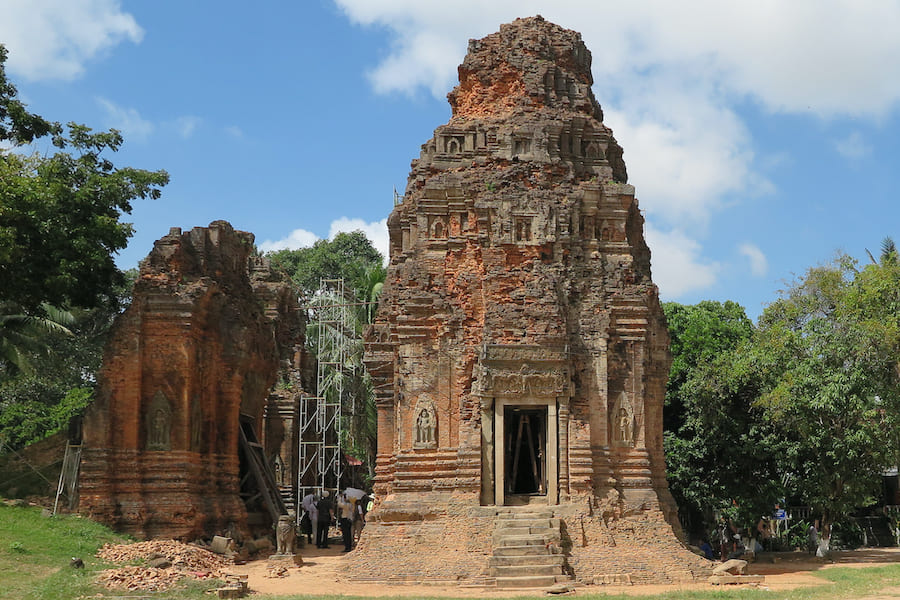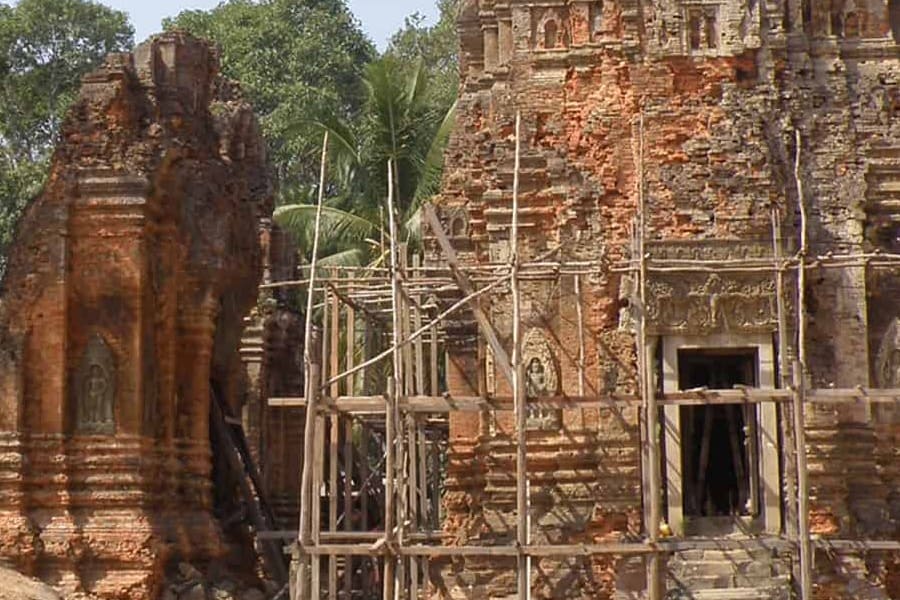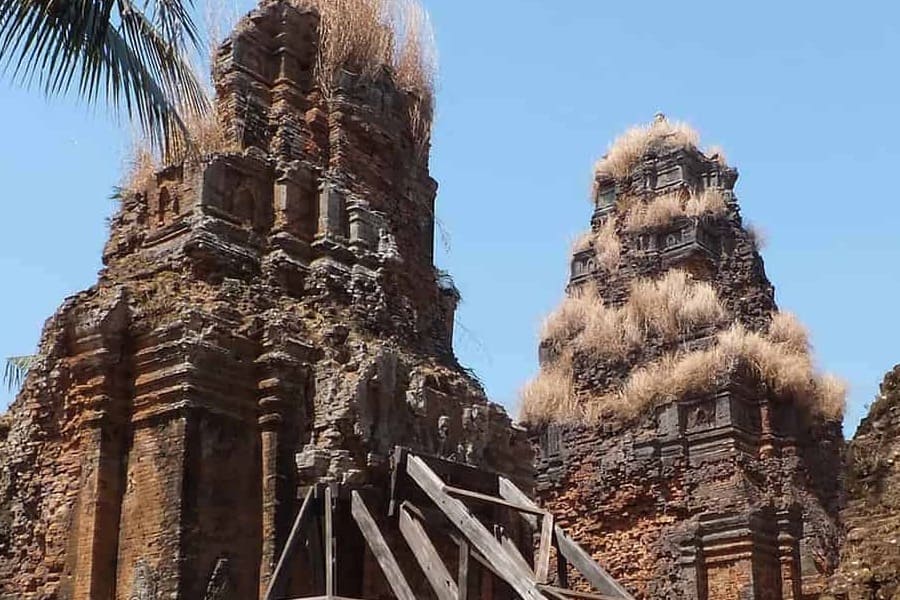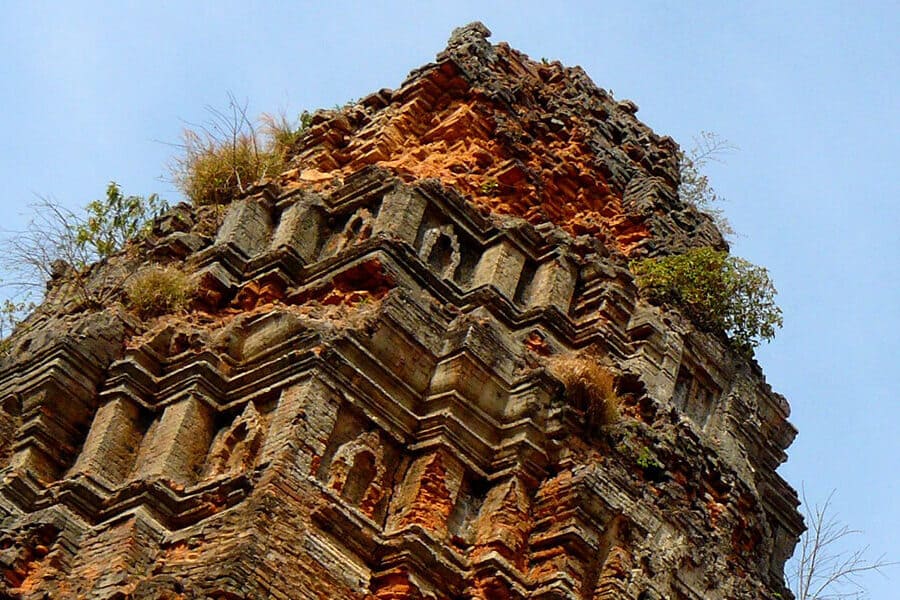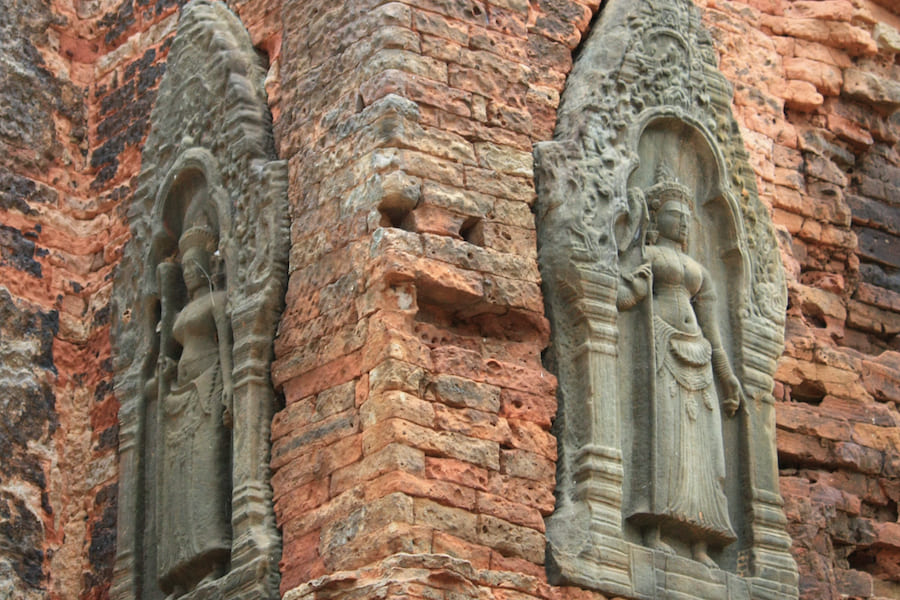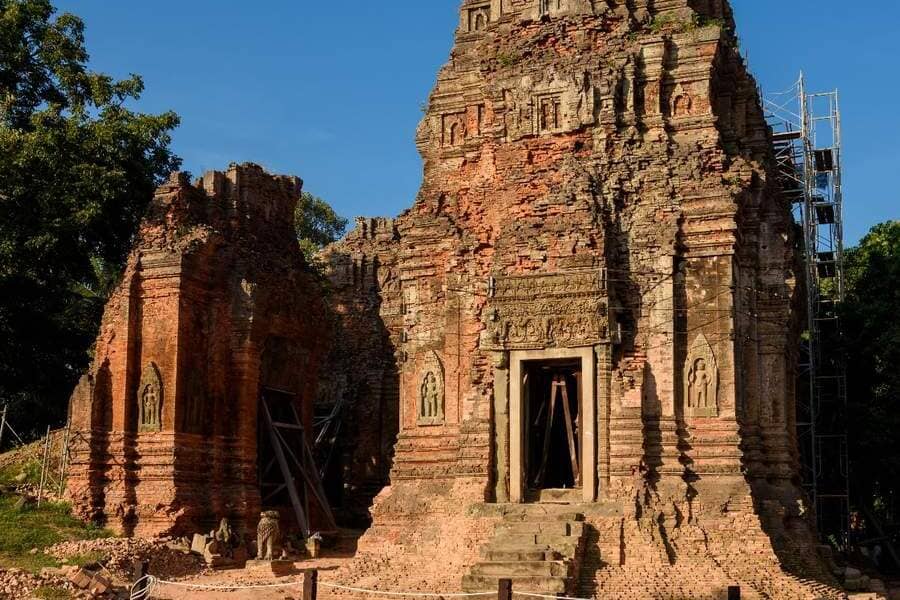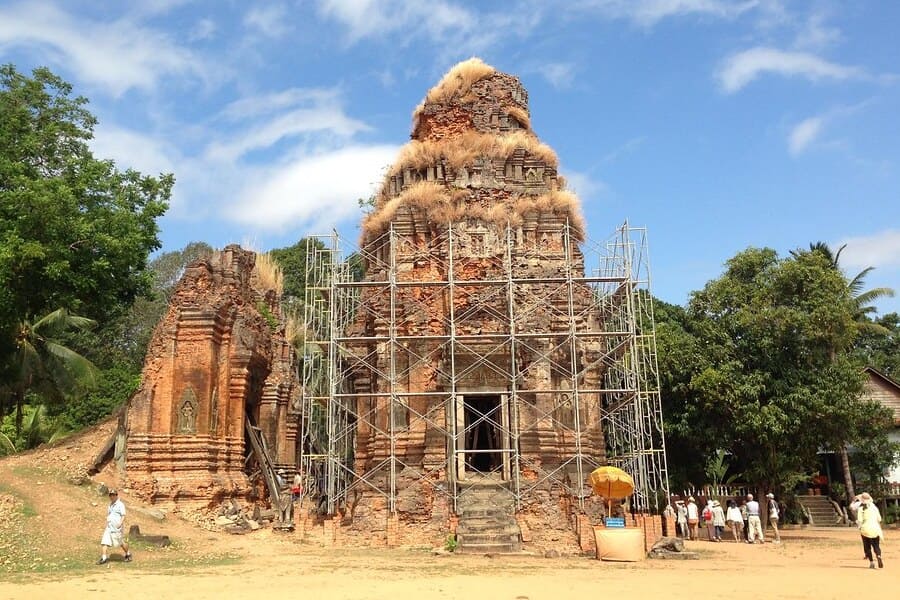Embark on a captivating Cambodia trip and discover the hidden gem of Lolei, a remarkable site nestled within the Roluos Group. Renowned for its intricate carvings and profound historic significance, Lolei offers a mesmerizing journey through the ancient Khmer civilization. Delve into the rich tapestry of Cambodian heritage as you explore this architectural masterpiece, where every stone tells a story of a bygone era.
Contents
The introduction of Lolei Temple
The location of Lolei Temple
Lolei Temple, situated in the heart of Cambodia's Siem Reap province, stands proudly as a testament to the ingenuity of the ancient Khmer Empire. Nestled amidst lush greenery and surrounded by serene countryside, this architectural marvel is part of the Roluos Group, a collection of temples that served as the capital of the Khmer empire in the 9th century. Lolei Temple's strategic location, approximately 15 kilometers east of the bustling city of Siem Reap, makes it easily accessible to travelers seeking to immerse themselves in Cambodia's rich history and cultural heritage.
The history of Lolei Temple
Constructed in the early 9th century during the reign of King Yasovarman I, Lolei Temple holds a significant place in Cambodian history as one of the oldest temples in the Angkor region. Commissioned by the king to honor his ancestors, Lolei served as a symbolic representation of the divine connection between the ruling monarch and the gods.
The temple complex consists of four brick towers, each dedicated to a different deity. Historians believe that these towers once housed sacred images of Hindu gods such as Shiva, Vishnu, and Lakshmi, reflecting the religious diversity and cultural richness of the Khmer civilization.
Over the centuries, Lolei Temple has undergone various phases of restoration and renovation, bearing witness to the ebb and flow of Cambodian history. Despite the passage of time and the ravages of nature, its intricate carvings and architectural splendor continue to captivate visitors from around the world, offering a glimpse into the grandeur of the ancient Khmer Empire.
The architecture and design of Lolei Temple
Lolei Temple's architecture and design exemplify the artistic mastery and engineering prowess of the Khmer civilization during the 9th century. This ancient temple, constructed primarily of brick, showcases a unique blend of Hindu symbolism and Khmer architectural elements.
The temple complex is composed of four towers, arranged in a square formation and built upon a raised platform, typical of Khmer temple design. Each tower is adorned with intricate carvings and decorative motifs, reflecting the religious significance and cultural symbolism of the era.
The towers themselves are characterized by their distinctive pyramid-shaped roofs, reminiscent of the iconic prasat towers found throughout the Angkor region. These roofs were once crowned with lotus-shaped finials, symbolizing purity and enlightenment in Hindu cosmology.
One of the most striking features of Lolei Temple is its elaborate bas-reliefs, which adorn the walls of the towers and depict scenes from Hindu mythology, royal processions, and everyday life in ancient Cambodia. These carvings, executed with remarkable precision and attention to detail, offer invaluable insights into the religious beliefs, social customs, and artistic traditions of the Khmer people.
Surrounding the central towers, visitors can also find remnants of a once-magnificent moat and reservoir system, which served both practical and symbolic purposes in Khmer temple architecture. These water features not only provided a source of irrigation for the surrounding agricultural lands but also served as a sacred boundary between the earthly realm and the divine realm of the gods.
Practical Tip for visitors traveling to Lolei Temple
The best time to visit Lolei Temple
The best time to visit Lolei Temple is during the dry season, which typically spans from November to April in Cambodia. During this time, the weather is generally sunny and dry, making it ideal for exploring outdoor attractions such as temples and archaeological sites.
The dry season offers comfortable temperatures and lower humidity levels, creating pleasant conditions for sightseeing without the discomfort of excessive heat or humidity. Additionally, the clear skies and abundant sunshine provide optimal lighting for photography, allowing visitors to capture the intricate details of Lolei Temple's architecture and carvings.
Opening hours of Lolei Temple
6:00 am- 18:00 pm every day
How to get to Lolei Temple?
To reach Lolei Temple, you can typically use a tuk-tuk, taxi, or rent a motorbike from Siem Reap, Cambodia. Lolei Temple is part of the Roluos Group of temples located about 13 kilometers east of Siem Reap, and these transportation options are readily available for tourists exploring the area.
Additional tips
When visiting Lolei Temple in Cambodia, here are some tips to enhance your experience:
- Respectful Attire: Dress modestly and respectfully, covering shoulders and knees, as Lolei Temple is a religious site.
- Hydration and Sun Protection: Carry water and wear sunscreen/hats to protect yourself from the sun, as there may be limited shade.
- Guide or Information: Consider hiring a guide or researching beforehand to understand the historical and cultural significance of Lolei Temple.
- Exploration: Take time to explore the temple complex and its surroundings, including nearby temples like Preah Ko and Bakong.
- Photography: Respect any signage or guidelines regarding photography, and be mindful of other visitors when taking photos.
- Local Etiquette: Interact respectfully with locals and follow any rules or guidelines set by temple staff or guides.

